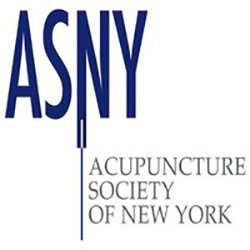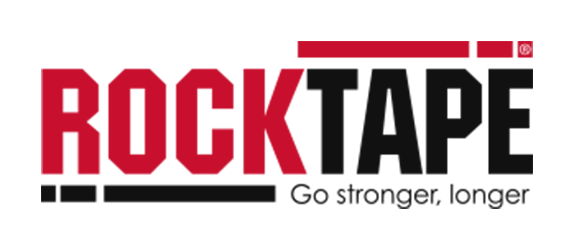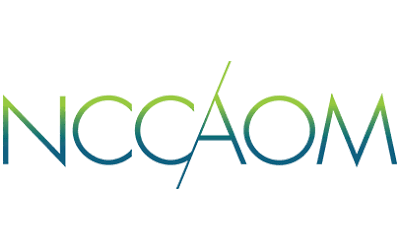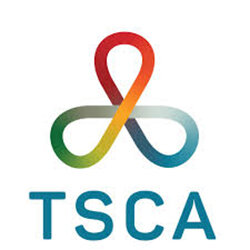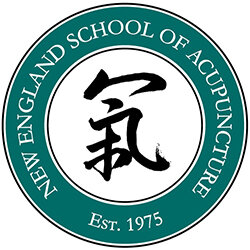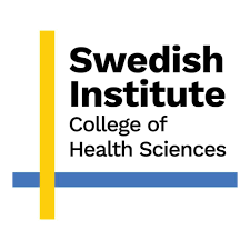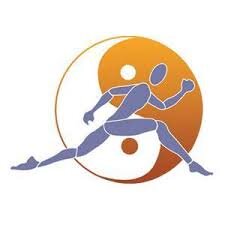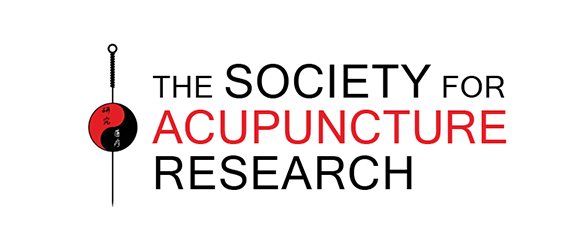Q & A/”FAQ”
When embarking on a new treatment plan it’s helpful for both long-term and first-time patients to have as much information as possible about the techniques and practices they will experience. Depending on your needs, your treatment program at Integrative Healing Arts may include some or all of these techniques and protocols. If you have any questions about the treatments we use, please don’t hesitate to ask.
We’d be delighted to share with you!
Which conditions can you treat with Acupuncture and Chinese medicine?
Integrative Healing Arts offers acupuncture, massage therapy and herbal medicine programs and health coaching programs to promote and maintain general wellness. The practice specializes in the treatment Fertility Acupuncture, Pain Conditions, Anxiety, Digestive disorders, Anti-Aging, Facial Rejuvenation, Stress and Immune, and Whole health coaching. We also offer other programs for successful treatment of a wide range of specific conditions and illnesses. Please visit COMMON CONDITIONS for a list of the most common conditions we treat. If you don’t see your condition here, don’t worry - it’s probable that we can help you. Contact us for more information.
Acupuncture
What is it and how does it work?
Acupuncture is a powerful form of healing and part of a system of healthcare practices which date back more than 5,000 years to ancient China. The foundation of this form of medicine is based on the ancient Taoist principles of Yin and Yang, the transformation of energies within the body as well as the external environment to achieve balance. Acupuncture uses the application of needles to stimulate various points on meridians on the body, facilitating the movement of Qi, or “life force”. Stimulating these points helps bring the body into balance by activating and supporting the immune system, thus boosting the body’s ability to heal itself.
What happens during a treatment and what does it feel like?
Using a guide tube, thin, pre-sterilized, disposable needles are gently inserted in an acupuncture point along a meridian.
The acupuncture needle is stimulated to obtain “Qi” sensation. Sensations vary from heaviness, warmth, a dull ache, numbness or tingling in the area of insertion.
Another acupuncture point is carefully palpated before needle insertion.
Patient experiences deep relaxation during acupuncture treatment.
How often should I get acupuncture?
This is a great question, and the answer is, it depends.
Acupuncture works in a series of treatments. You can never have treatments too close together, but you can have them spread too far apart. Acupuncture works cumulatively getting at the root levels; addressing the nervous system, helping the body to balance, heal and become stronger.
Acupuncture Styles and Techniques
Japanese Style acupuncture, particularly based on the teachings of Kiiko Matsumoto, focuses on Hara diagnosis (palpation of the abdomen) and palpation of the meridians to determine which acupuncture points to “needle”. The use of moxibustion, ion pumping cords and pachi pachi may also be used stimulate acupuncture points and promote the flow of Qi.
Traditional Chinese acupuncture uses various diagnostic methods for determining which acupuncture points to use. These include tongue and pulse diagnosis and meridian palpation. The use of moxabustion and cupping may also be used in conjunction with needles.
American Style Acupuncture refers to APM (Acupuncture Physical Medicine) and is a protocol developed by Dr. Mark Seem, founder of Tri-State College of Acupuncture. This style uses classical acupuncture and Western physical medicine to focus on the individual’s unique “holding pattern”. Trigger point style needling is used on tender points to release myofascial constrictions. This is especially effective with musculo-skeletal, tendino-muscular problems, as well as both chronic and acute injuries.
Complementary Therapies
Moxibustion: The use of an herb (mugwort) that is burned directly or indirectly on the acupuncture point, warming the area and promoting circulation and the flow of Qi. Moxa can be used with needles or alone. Its effects are warming and soothing.
Cupping: Cupping is a therapy in which a jar or glass cup is attached to the surface of the skin creating suction. This brings congested or stagnant Qi and blood towards the surface promoting free flow of Qi and blood. In ancient times the cupping method was called “horn method” because an animal horn was used instead of a glass vessel.
Gua Sha: Is a friction/scraping technique used to bring “Sha” to the skins surface. Sha is congestion in the skin and in the tissue below that causes pain and stiffness. Gua Sha is applied with a rounded tool - a soup spoon, a buffalo horn made for this purpose, or a metal lid. When Sha comes to the surface, there is a warm feeling and the skin will have reddish discoloration and petichia. This is not painful and the redness disappears in a day or so.
Can acupuncture really help me get pregnant?
YES! Fertility acupuncture is one of the most effective natural therapies to help you get pregnant.
One recent study showed that women who received acupuncture treatments before their IVF transfer were 65% more likely to have a successful transfer, compared to those who had a placebo treatment or no treatment. Another study found that acupuncture increases the chances of conception with IVF from 27% to 47%. Yet more studies show that acupuncture can help with a host of fertility-related medical conditions, from sluggish sperm in men to cysts and lack of ovulation in women.
Acupuncture has helped countless women to conceive and give birth to happy, healthy children, including many who have been told by traditional Western medicine that there was no hope.
With an 85% success rate, I have helped hundreds of women in New York City achieve their dream of finally conceiving a child.
Read more in Fertility and Pregnancy.
What kinds of massage therapy do you use?
Tsao uses a variety of effective massage therapies to treat her patients. These different styles are most effectively used in conjunction with acupuncture treatment plans.
Massage Techniques
Anma: Gentle pressure and circular motions along meridians and acupressure points, releasing tension. Anma can also be used as a diagnostic treatment to determine which meridians and acupuncture points should be needled.
Sotai ho: A Japanese form of physical therapy and bone structure adjustment. It is neuromuscular re-education through breathing and movements, untwisting muscular holding patterns. This balances the nervous and muscular systems. Sotai ho literally means “work (or manipulate) body way (or method).”
Tuina: Chinese massage that literally translates as “push press”. It is considered a form of “bone setting” because as the soft tissues are manipulated the tension around the joints is able to relax, enabling the bones to “set”. Many martial artists practice Tuina because it is effective in treating pain and the effects of traumatic injury.
What about Western Medicine?
In recent years, practitioners of Western medicine have become more interested in acupuncture and other Eastern medical treatments, especially in cases where Western medicine has proven less effective. They have noticed the impact and success of acupuncture in pain management, post chemotherapy conditions, addiction treatment and AIDS symptom relief. Many hospitals are starting to incorporate acupuncture into some of their treatment programs.
Despite increased interest and the inroads being made, many Western medical doctors still have little experience or knowledge about acupuncture or Chinese medicine and its efficacy.
We respect Western medicine and will work with Western medical practitioners to offer our patients a broad perspective of treatment possibilities so they can make their own informed healthcare decisions.
Training, License & Certification
Who can perform Acupuncture?
To receive a license requires a minimum of 3,000 hours of training in an accredited 3-year Master's-level acupuncture program (Master’s of Science in Acupuncture). The course includes a combination of classroom and clinical training and includes:
Safe and effective patient care and diagnosis
Diagnostic techniques of both Traditional Chinese Medicine (TCM) and Western medicine
Selecting the appropriate treatment with a combination of acupuncture, Chinese herbs and lifestyle counseling
Application of acupuncture techniques in safe and appropriate ways
Integration of Eastern and Western medical techniques for the purpose of informing the practice of acupuncture, communicating with other medical professionals and making appropriate medical referrals when necessary
A license can be obtained from the state after passing the National Board Certification exam. Medical doctors and dentists who have undergone an accredited certificate program of 300 hours may also perform acupuncture.


